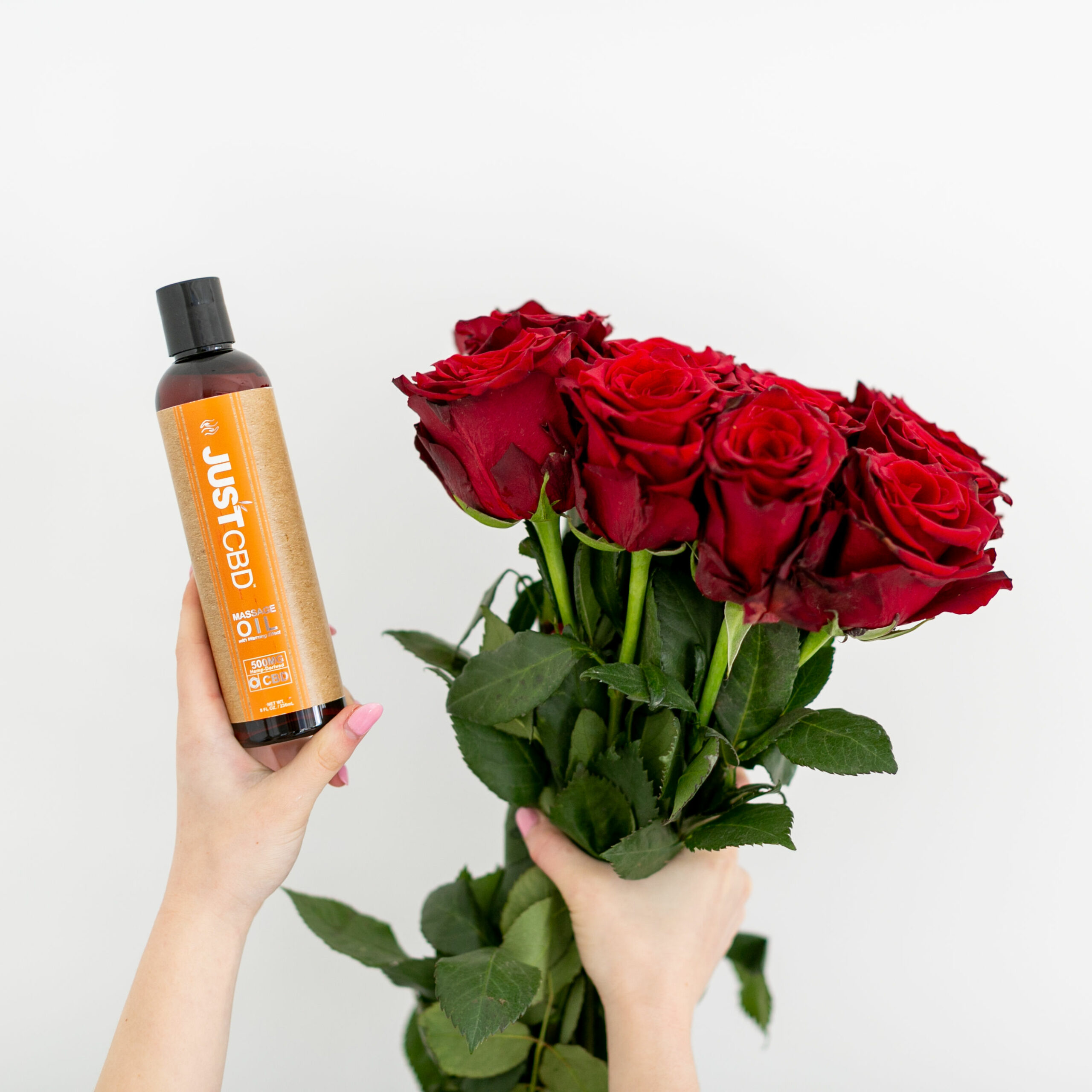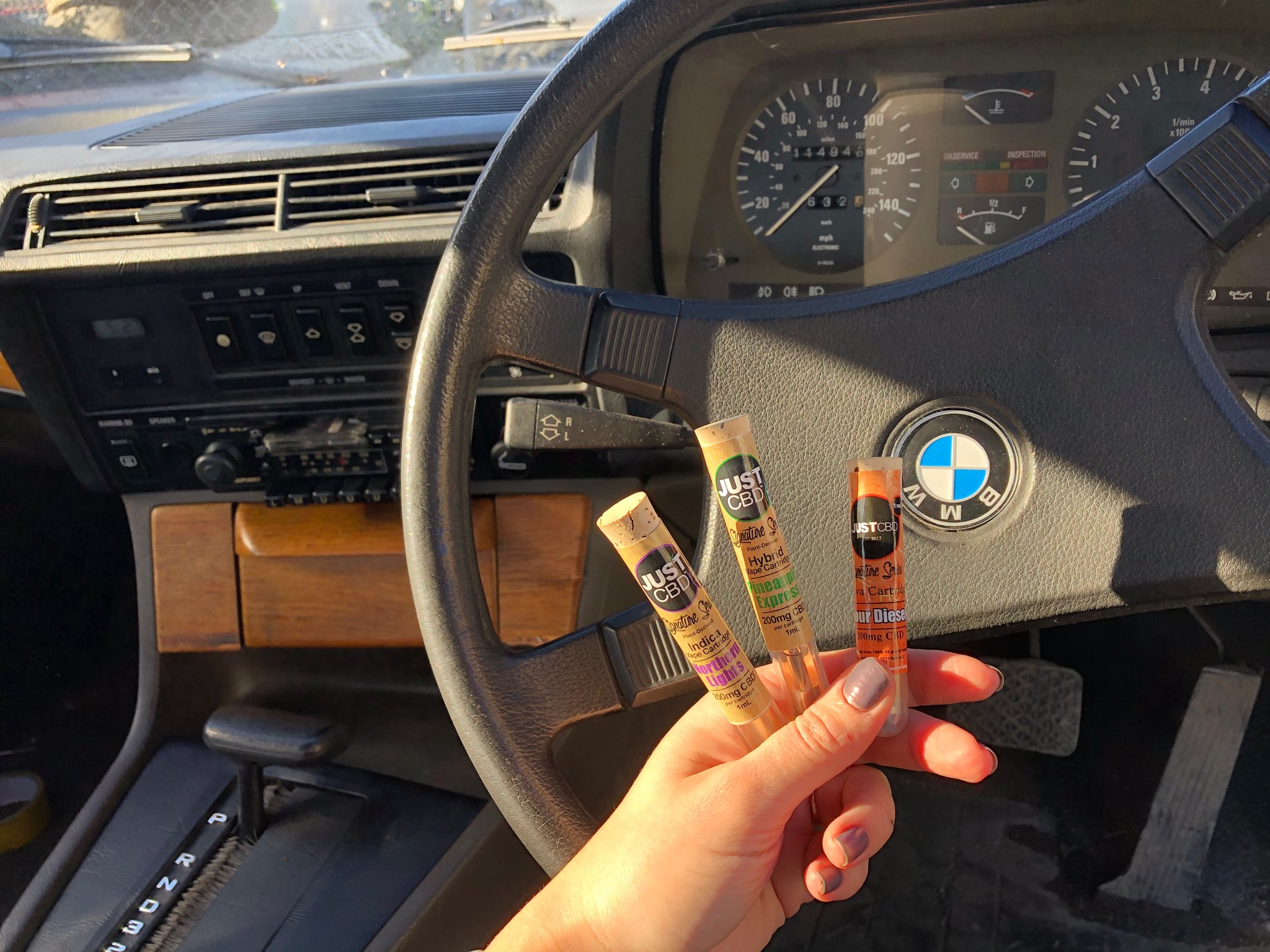For a long time, there have been urban legends regarding cannabis edibles. Others have a story about a “magic brownie” they ate. Cannabis isn’t the only cannabinoid that pairs nicely with chocolate. Its edibles can be produced or bought in shops or CBD stores, and are free of THC? It’s a very straightforward procedure. CBD edibles are a good option for folks who don’t like smoking hemp CBD but still want all of the tremendous benefits of that cannabinoid. Learn everything you need to know about manufacturing CBD edibles, including what CBD flower is, how to decarb it, and how to use it in various ways, including oil infusions and extracts, to incorporate into CBD recipes.
What are Hemp CBD Edibles?
They are food and beverages infused with CBD. They can be purchased in edibles such as candy, cookies, and soda in various venues. Moreover, with hemp CBD flowers at hand, you can create them at home. Making edibles at home has the advantage of giving you more control over what you consume while also saving money. Since CBD and other cannabinoids are fat-soluble, they mix well with oils or butter. As a result, you can add CBD-infused oil or butter instead of non-infused ingredients to add a hempy twist to any dish.
It’s worth noting that when you eat hemp CBD edibles, you’ll experience “the first-pass effect,” according to Franco, et al. (2020).,. The liver and the gastrointestinal tract will break down some of the consumed CBD. As a result, the effects won’t be noticed for a few hours (as is typical of any consumable), and the body will absorb 20-30% of the CBD during this time.
What is a CBD Flower?
The authorization of cannabis has led to the emergence of many other cannabis products. The raw or dried flower buds of the cannabis plant that contain high concentrations of the cannabinoids CBDA, the precursor to CBD, are known as cannabidiol (CBD) flowers. The amount of 9-tetrahydrocannabinol (THC) in this cannabis flower is usually less than 0.3%, although it might be more depending on the strain. CBD is the most abundant cannabinoid naturally found in all cannabis plants and is the principal cannabinoid found in CBD hemp flowers.
Additionally, CBD, unlike the more well-known cannabinoid THC, does not cause an intoxicating ‘high’ sensation. While you may be familiar with CBD oil and other CBD products for sale, the raw or dried CBD flower is relatively new and rapidly gaining popularity. We’ll go over CBD flowers and how they are used at home to manufacture CBD edibles, topicals, and more in this post. Cannabis is available in several strains, each with its own set of cannabinoids and ratios of cannabinoids. While many people are aware of THC-dominant cannabis flowers, CBD-dominant cannabis flowers, or hemp flowers, are also available. Third-party lab tests can assist in figuring out what cannabinoids are in the flower and how many of them there are. Depending on the strain of the plant, CBD-dominant flowers may include high or low quantities of THC. However, CBD flowers must have less than 0.3% THC in order to be sold legally in the United States.
How to Make CBD Edibles
Any consumable can be made using CBD hemp flower, just as regular cannabis edibles. Although these edibles will not have the same euphoric effects as marijuana, they might be just as tasty and satisfying, depending on individual preferences. It’s vital to remember that decarboxylation is still required when cooking with CBD hemp flowers. While the typical decarboxylation technique for generating THC cannabis-infused oils may be familiar, the process for making CBD edibles is slightly different. Heat is applied to raw hemp CBD flowers during decarboxylation, activating the cannabinoids in the flower. The benefits of active CBD won’t be achieved in edibles if steps are neglected. This process takes place in two stages;
- 10 grams of hemp CBD flowers, for example, ground into little pieces for a recipe. You can use a herb grinder or fingers to grind it down, but not so finely that it becomes a powder since this will impart an earthy flavor to future edibles.
- Spread the ground-up hemp CBD flower onto a baking tray and bake for 25 minutes at 105°C/220°F. When the bloom is lightly browned and dry, it’s done. Make sure the bloom doesn’t burn by keeping an eye on it. You can now use the decarbed hemp flower to infuse cooking oils or butter.
How to Make Hemp CBD Butter for Edibles
After the raw CBD flower has been decarbed, infuse it into butter for baking, keeping in mind that cannabinoids are oil-soluble, not water-soluble. Here’s how to infuse butter with decarbed hemp CBD quickly and easily:
- In a pot, combine 10 grams of decarboxylated hemp flower powder, 1 cup water, and 1 cup melted butter.
- Simmer this mixture for 2-3 hours on low heat.
- Place a cheesecloth on top of a bowl or jar once the mixture has finished cooking. To filter out the remaining flour, pour the mixture over cheesecloth.
- Refrigerate the butter until it hardens in the basin or jar. Subsequently, scrape out the fresh hemp CBD butter once it has solidified and use it in any of the baked products.
You can now use the butter in the same proportions as you would in conventional baking or cooking. If you don’t want to bake, try spreading hemp CBD butter over toast, sautéing vegetables, or mixing some into tea and consuming it.
Conclusion
CBD is a non-psychoactive compound that is both safe and flexible. Making edibles has the advantage of allowing the user to control the amount of CBD oil or butter used. You can also create a variety of foods that are delicious and nutritious. You might also save a few coins. Additionally, you can enjoy delicious meals while also reaping the therapeutic benefits of CBD. Lastly, CBD flowers that have been decarbed can be preserved for up to 6 months or longer. It’s best if it’s stored in an airtight container, such as a mason jar, in a cool, dark place. The freezer could be an excellent place to keep the bloom fresh and potent.
References
Franco, V., Gershkovich, P., Perucca, E., & Bialer, M. (2020). The Interplay between Liver First-Pass Effect and Lymphatic Absorption of Cannabidiol and Its Implications for Cannabidiol Oral Formulations. Clinical Pharmacokinetics, 59(12), 1493-1500.







